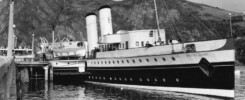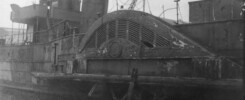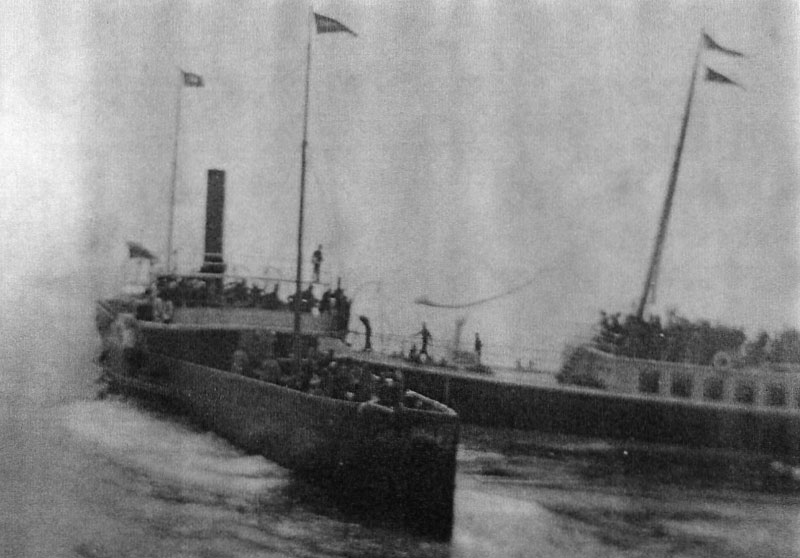
E C B Thornton recounts in his excellent book South Coast Pleasure Steamers (which has been my constant companion since it was given to me by my parents as a gift for my 11th birthday in 1962!) “The two vessels backed out from Bournemouth Pier at 10.45, Albion from the west side booked for a call at Boscombe and Empress from the east side for Swanage”.
Quite how such a thing could happen is hard to understand. From the picture the weather conditions seem idyllic as the sea is flat calm which is not always the case at Bournemouth. As the Empress was steaming astern but crossing ahead of the Albion then according to the Collision Regulations strictly speaking Albion had the right of way as the Empress was approaching from her port side. However Empress was backing out from the pier so might well have assumed that Albion would wait for her to complete her manoeuvre before proceeding ahead. Whatever thoughts were in the respective captains’ minds, the two collided causing some damage to each but with neither vessel being in danger of sinking.
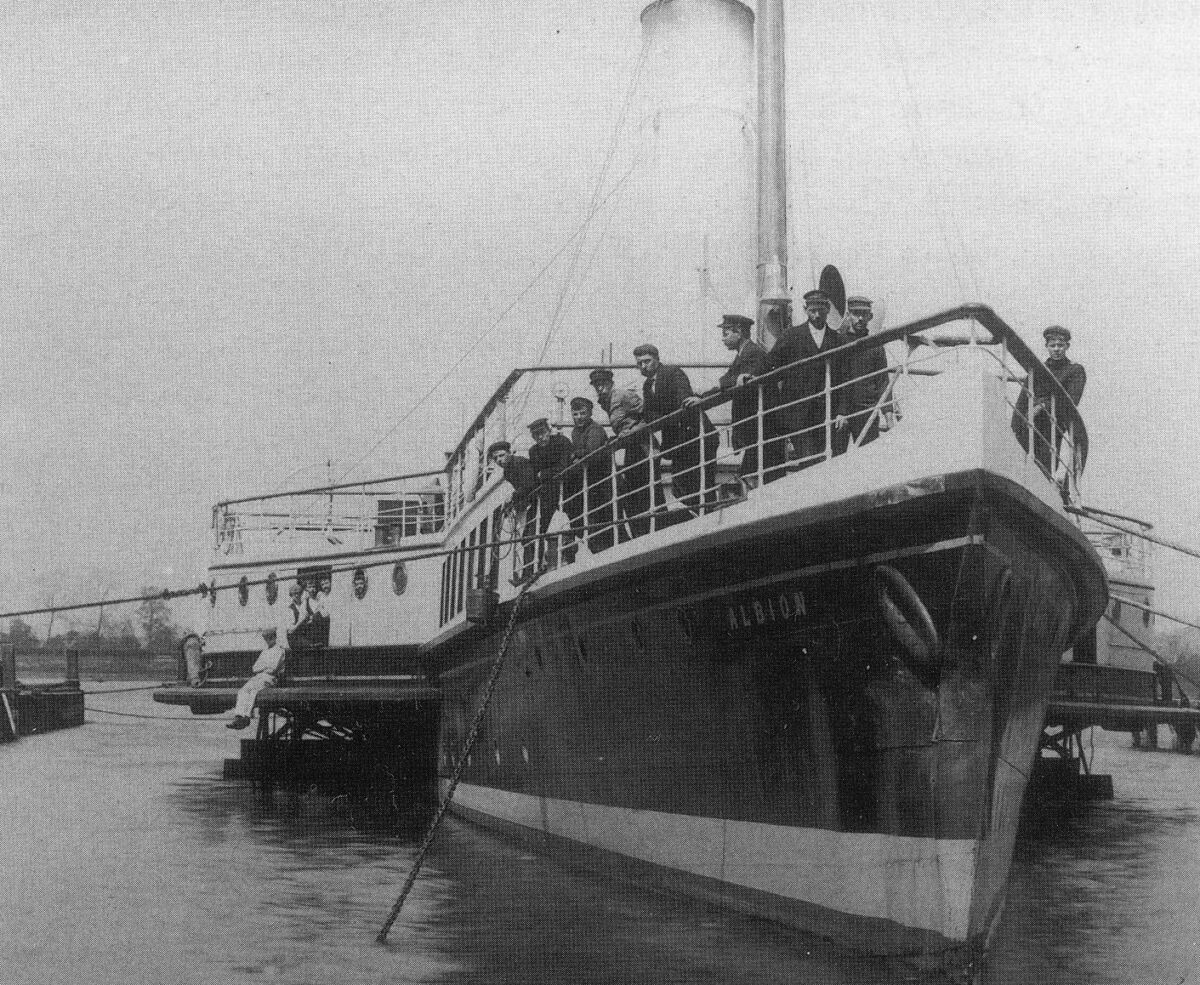
Perhaps in the background the different ownerships of the the two vessels contributed. Empress was a local boat belonging to Weymouth operator Cosens. Albion was an interloper owned by P & A Campbell from the Bristol Channel.
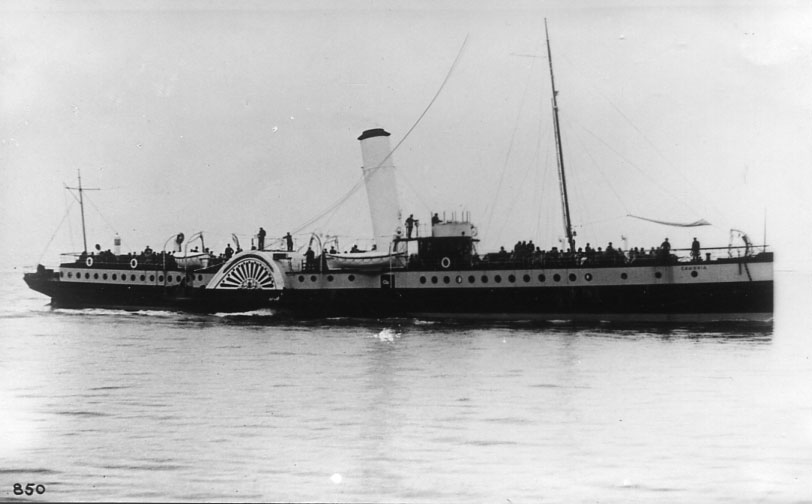
In 1897 Campbells turned up at Southampton with their pretty much brand new flyer Cambria (pictured above) setting themselves up in competition with the Southampton Company (later Red Funnel) at Southampton and Cosens at Bournemouth. Cambria was larger, more commodious and altogether more modern than anything her competitors could field and really set the cat amongst the pigeons. Why should anyone want to go on a smaller, draughty and old fashioned steamer when they had the opportunity to sample one which was state of the art and the last word in modernity? Albion was also arguably a better boat with more facilities than any of Cosens’s steamers and at 200ft in length was forty feet longer than the Empress and had a much greater saloon capacity with windows.
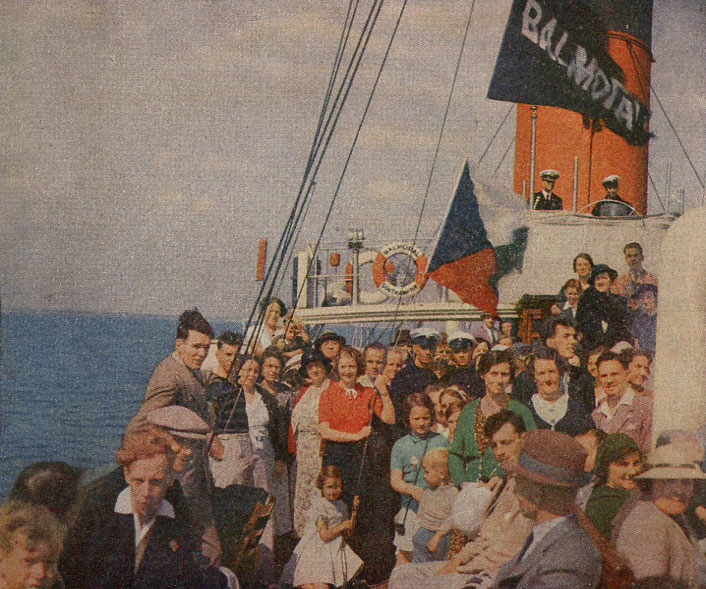
The Southampton Company responded by building the Balmoral, which was in every way equal to the Cambria, in 1900.
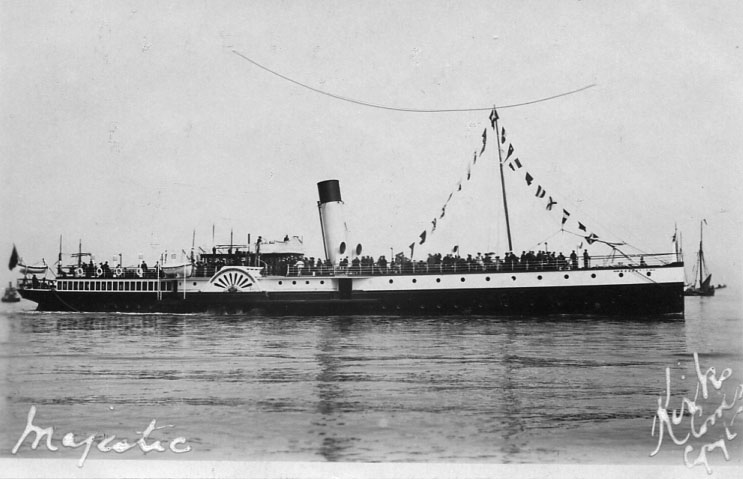
1901 and 1902 were therefore years of “Great Competition” for custom from Southampton, the Isle of Wight Piers, Bournemouth and Swanage. Was there enough business for all? Who would win?
In 1902 Campbells cast their eyes eastwards for further expansion of their operations and bought out the business of the Brighton, Worthing and South Coast Steamboat Company including their fine steamer Brighton Queen so, as Thornton puts it, the scene seemed set for the complete “Campbellisation” of the South Coast.
However, against expectation, Campbells did not return (on any regular basis anyway) to Bournemouth and Southampton after 1902. The building of the new Balmoral and Majestic, both of which had local back-up for their services where Campbells didn’t, had in the end seen off the rapacious competition from the Bristol Channel adventurers.
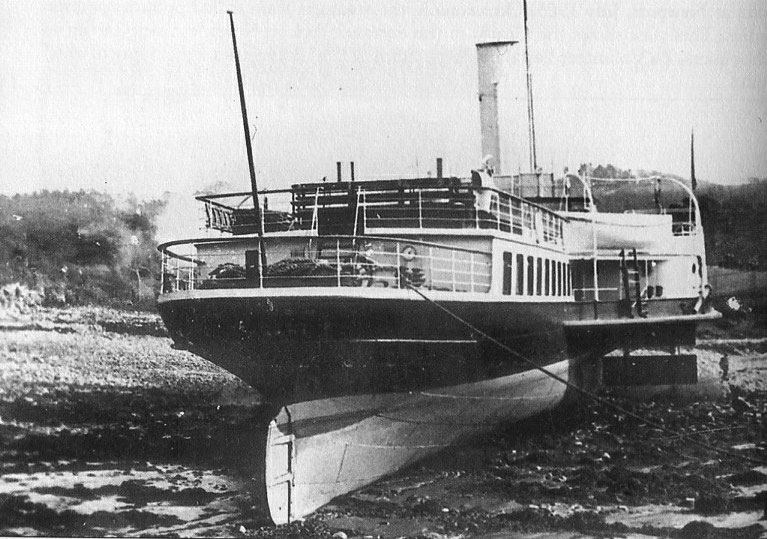
Albion returned to work for the rest of her career on the Bristol Channel from 1903 where she continued to seem a bit accident prone as shown by this picture of her aground in fog near Portishead in 1907. After the First World War she was deemed to be in too poor a state to refurbish but her engines were transferred to the newly built Glen Gower and lived on until she was scrapped in 1960.
Cambria also returned to operate on the Bristol Channel where she remained, except for 1908 when she was rostered for the Sussex Coast sailings from Brighton, Eastbourne and Hastings. After service in the Second World War she was scrapped in 1946.
Balmoral continued her long distance and cross Channel work from Southampton and Bournemouth up to the Second World War after which she was scrapped.
Empress continued in service until 1955 when she too was withdrawn. Fortunately her engines were saved and are now in the Internal Fire Museum of Power in Wales.
Looking back to that fateful day in 1901, I wonder what was going through the respective captains’ minds as they left Bournemouth Pier that morning. Was the captain of the Empress thinking that the Albion would be sure to stop for him as he was backing out and he was not going to stop for a Campbell’s boat anyway? Was the captain of the Albion equally determined to keep going whatever and not have his course interrupted by a Cosens boat thinking that in any case he had right of way? And how did they both feel when neither backed down and impact was inevitable? Bang!
Kingswear Castle returned to service in 2023 after the first part of a major rebuild which is designed to set her up for the next 25 years running on the River Dart. The Paddle Steamer Kingswear Castle Trust is now fund raising for the second phase of the rebuild. You can read more about the rebuilds and how you can help if you can here.
John Megoran

